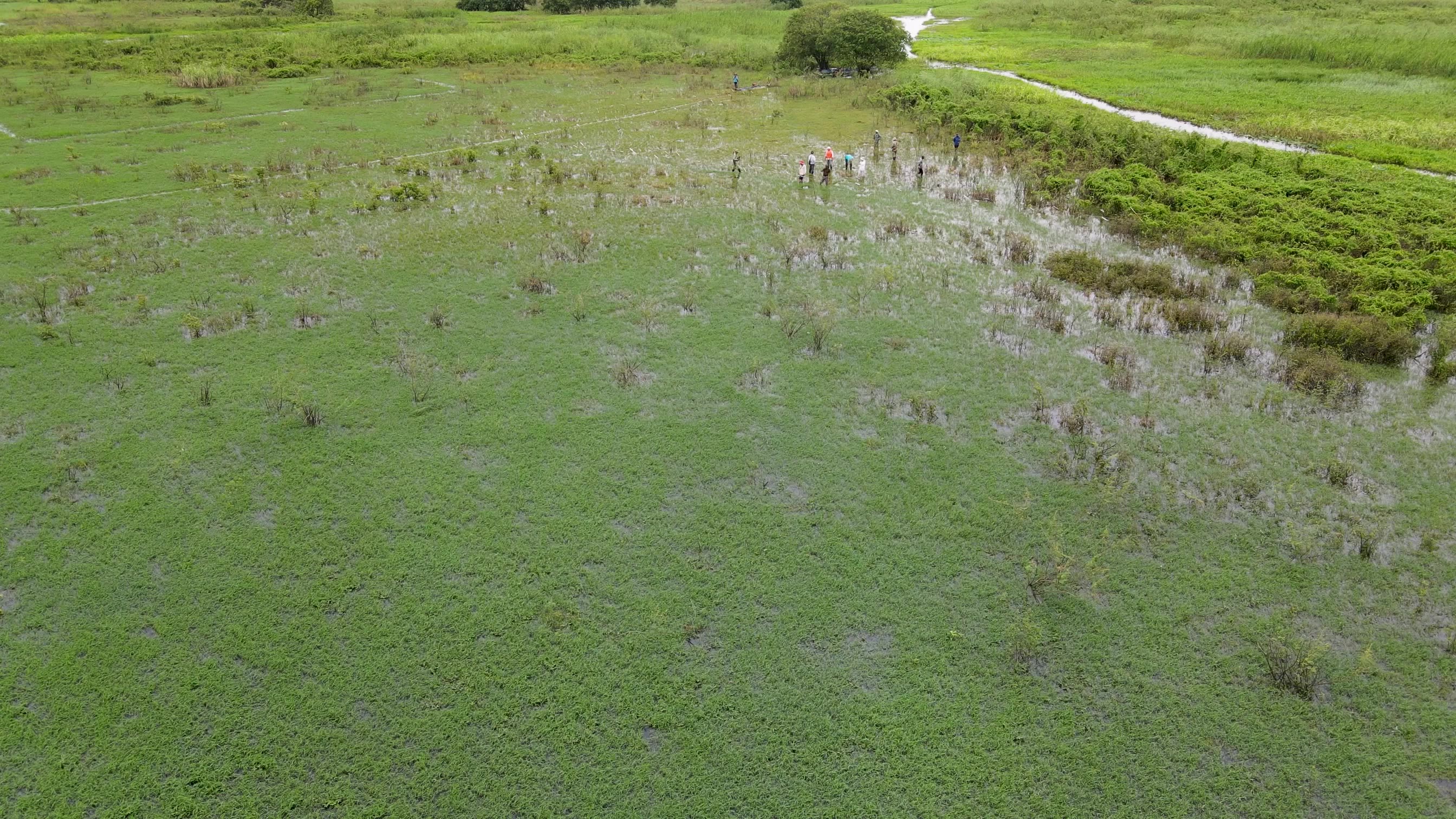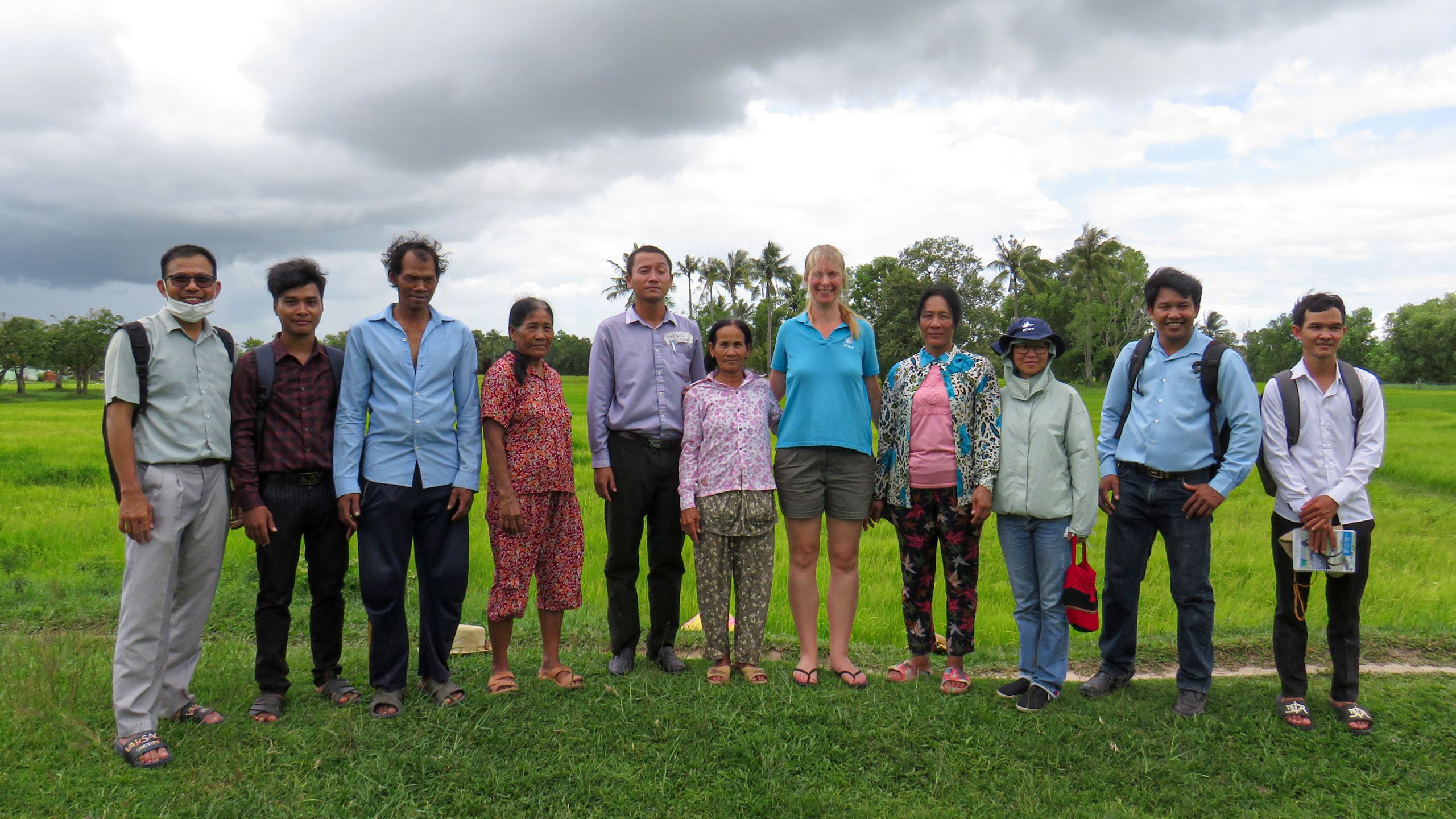A journey into the heart of Cambodia’s wetlands

Earlier this year, Daphne Kerhoas, WWT’s Senior Project Manager in Cambodia travelled to the Cambodian Lower Mekong Delta.
She was visiting our projects in the protected wetlands of Boeung Prek Lapouv and Anlung Pring.
This is her story...
We arrive at our destination – a newly created 3,500-metre-long dyke at one of our project sites, Boeung Prek Lapouv.







After a tasty lunch perched on the dyke, shared with my Cambodian colleagues, it’s time to get back on the boats, to travel further through the wet grasslands, to the site of our newly planted flooded forest.



Now, as the seasonal floods arrive, it’s time to get our feet wet and see how our tiny seedlings, now under a foot of water, are getting on.
The flooded forest will provide valuable fish nurseries and help support the people that rely on these wetlands for their livelihoods.



The next day, it’s time to meet some of the nearly 300 farmers we’re working with to support a switch to a more sustainable rice.






This photo story was brought to you by Daphne Kerhoas, WWT’s Senior Project Manager in Cambodia.

Thank you to the following organisations who have generously funded the work mentioned in this feature:

CEPF

The Albert George and Nancy Caroline Youngman Trust
You can find out more about our work in Cambodia here:


The Kingdom of wetlands
Find out how we're supporting communities in Cambodia, one of the most wetland dependent countries in the world.

Securing Cambodia's wetlands
Find out what WWT is doing to save Cambodia's precious wetlands and the wildlife that live there.








